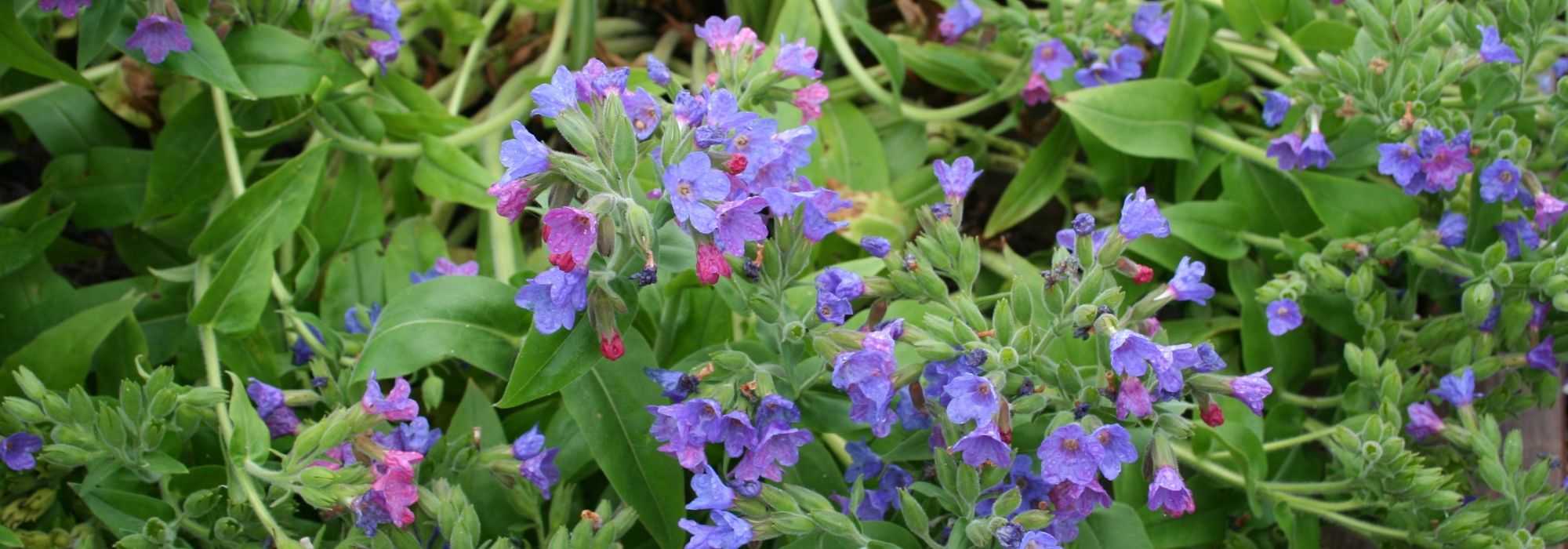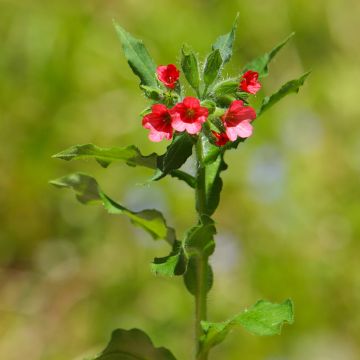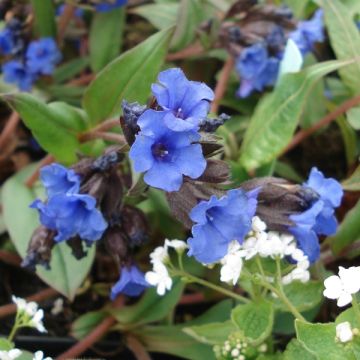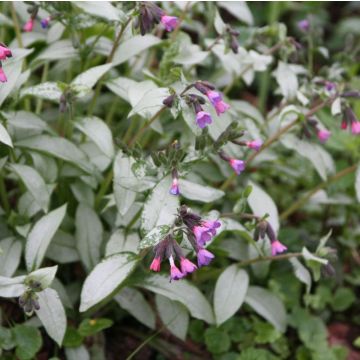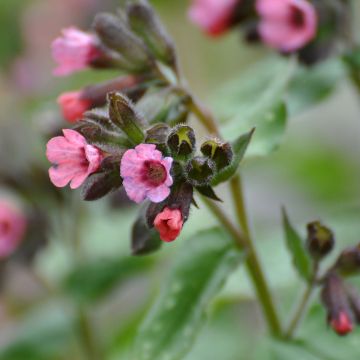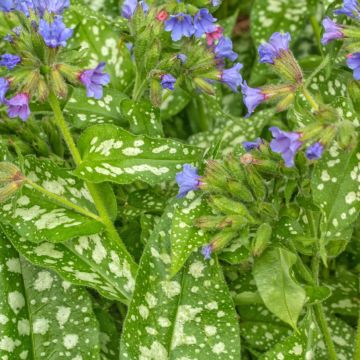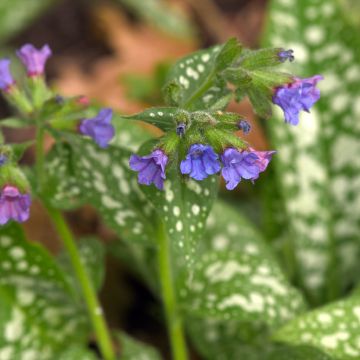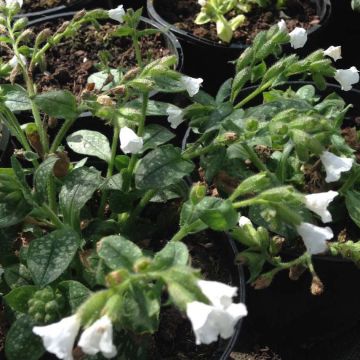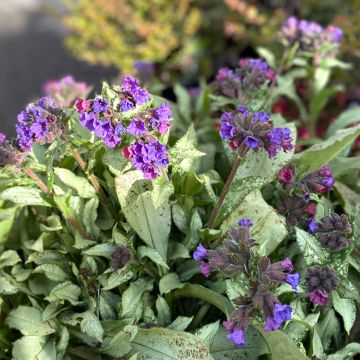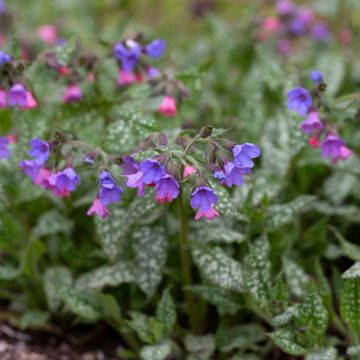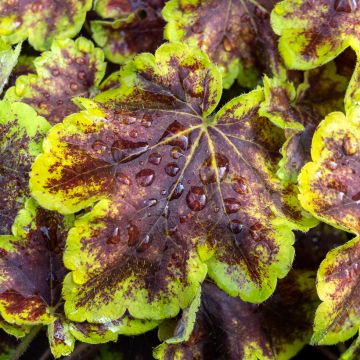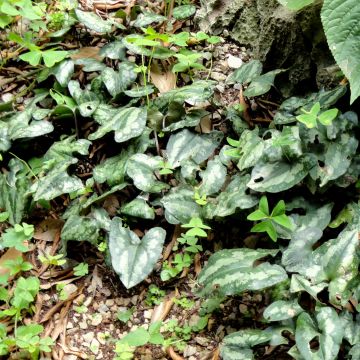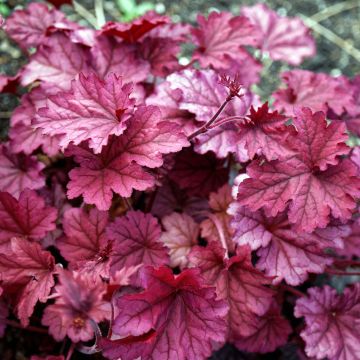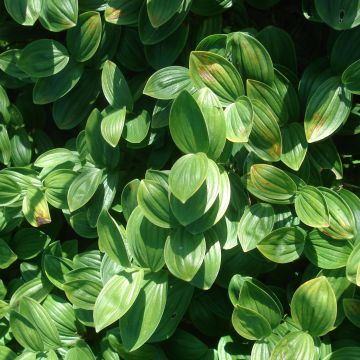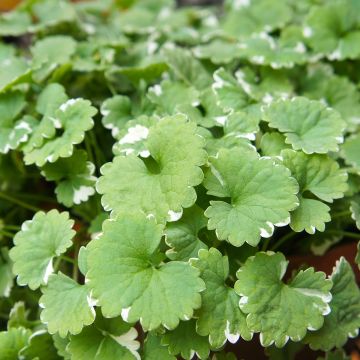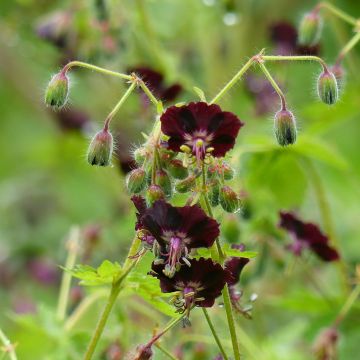

Pulmonaria Sissinghurst White - Lungwort


Pulmonaria Sissinghurst White - Lungwort


Pulmonaria Sissinghurst White - Lungwort


Pulmonaria Sissinghurst White - Lungwort


Pulmonaria Sissinghurst White - Lungwort
Pulmonaria Sissinghurst White - Lungwort
Pulmonaria Sissinghurst White
Lungwort
Well, it disappeared, I have never seen it bloom. I look for it every year....
Bernadette, 06/04/2023
Special offer!
Receive a €20 voucher for any order over €90 (excluding delivery costs, credit notes, and plastic-free options)!
1- Add your favorite plants to your cart.
2- Once you have reached €90, confirm your order (you can even choose the delivery date!).
3- As soon as your order is shipped, you will receive an email containing your voucher code, valid for 3 months (90 days).
Your voucher is unique and can only be used once, for any order with a minimum value of €20, excluding delivery costs.
Can be combined with other current offers, non-divisible and non-refundable.
Home or relay delivery (depending on size and destination)
Schedule delivery date,
and select date in basket
This plant carries a 12 months recovery warranty
More information
We guarantee the quality of our plants for a full growing cycle, and will replace at our expense any plant that fails to recover under normal climatic and planting conditions.

Would this plant suit my garden?
Set up your Plantfit profile →
Description
The Pulmonaria Sissinghurst White offers a magnificent light green foliage speckled with silver where delicate early white flowering thrives. This hybrid lungwort forms a fabulous perennial and hardy ground cover for shady beds, bringing a touch of light. This plant often precedes primroses and violets and is undoubtedly one of the first smiles of spring.
The hybrid lungwort 'Sissinghurst White' is a herbaceous perennial plant belonging to the same family as borage and brunnera, the boraginaceae family. This variety is derived, among others, from Pulmonaria officinalis, a perfectly hardy European plant widespread in our cool undergrowth.
The 'Sissinghurst White' variety undoubtedly attracts more attention with its bright foliage, light green speckled with white-silver, than with its white flowering. This rhizomatous plant forms a 30 cm (12in) high flower carpet and spreads laterally without theoretical limit. The leaves are hairy, those at the base are lanceolate, pointed at the top and rounded at the base, while those on the floral stems are alternate, elongated and without a petiole. In March-April, angular, branching stems covered with rough hairs emerge from the foliage. They bear pendulous cymes of white tubular flowers at their tips, which turn pink before fading. The spreading rhizome of lungworts produces new leaf clumps after flowering, expanding the colony.
This lungwort is perennial and completely hardy, and is mainly used as ground cover. In winter, in well-protected areas, its foliage is often evergreen. It will quickly add a colourful touch to depleted soil under trees, bushes, along facades or north or east-facing paths, at the base of sunless walls. This plant is a blessing where few plants are willing to grow, such as Symphytum caucasicum and great periwinkle. It fills shady beds and even manages to grow under conifers. Plant some spring bulbs that will bloom here and there alongside your lungwort. Also consider mixing your bed with ground covers that flower later, such as perennial Geranium nodosum.
Pulmonaria Sissinghurst White - Lungwort in pictures




Flowering
Foliage
Plant habit
Botanical data
Pulmonaria
Sissinghurst White
Boraginaceae
Lungwort
Cultivar or hybrid
Other Pulmonaria - Lungwort
View all →Planting and care
The lungworts are good hardy perennial plants of the leafy undergrowth where they find the necessary spring moisture for their proper development, and as they flower early, they make use of sufficient light before the trees have their leaves. They are not afraid of limestone and they all like a moist but well-drained humus-bearing soil, which is often the case in a clear undergrowth, where the humus from dead leaves nourishes them and the tree roots drain excess water. That being said, they also accept a shaded position on the edge of a flower bed, and manage to grow in heavy and clayey soils. In our garden, we use them often to accompany hostas, primroses, small astilbes, astrances, or even to fill the base of bushes.
Planting period
Intended location
Care
Planting & care advice
-
, onOrder confirmed
Reply from on Promesse de fleurs
Similar products
Haven't found what you were looking for?
Hardiness is the lowest winter temperature a plant can endure without suffering serious damage or even dying. However, hardiness is affected by location (a sheltered area, such as a patio), protection (winter cover) and soil type (hardiness is improved by well-drained soil).

Photo Sharing Terms & Conditions
In order to encourage gardeners to interact and share their experiences, Promesse de fleurs offers various media enabling content to be uploaded onto its Site - in particular via the ‘Photo sharing’ module.
The User agrees to refrain from:
- Posting any content that is illegal, prejudicial, insulting, racist, inciteful to hatred, revisionist, contrary to public decency, that infringes on privacy or on the privacy rights of third parties, in particular the publicity rights of persons and goods, intellectual property rights, or the right to privacy.
- Submitting content on behalf of a third party;
- Impersonate the identity of a third party and/or publish any personal information about a third party;
In general, the User undertakes to refrain from any unethical behaviour.
All Content (in particular text, comments, files, images, photos, videos, creative works, etc.), which may be subject to property or intellectual property rights, image or other private rights, shall remain the property of the User, subject to the limited rights granted by the terms of the licence granted by Promesse de fleurs as stated below. Users are at liberty to publish or not to publish such Content on the Site, notably via the ‘Photo Sharing’ facility, and accept that this Content shall be made public and freely accessible, notably on the Internet.
Users further acknowledge, undertake to have ,and guarantee that they hold all necessary rights and permissions to publish such material on the Site, in particular with regard to the legislation in force pertaining to any privacy, property, intellectual property, image, or contractual rights, or rights of any other nature. By publishing such Content on the Site, Users acknowledge accepting full liability as publishers of the Content within the meaning of the law, and grant Promesse de fleurs, free of charge, an inclusive, worldwide licence for the said Content for the entire duration of its publication, including all reproduction, representation, up/downloading, displaying, performing, transmission, and storage rights.
Users also grant permission for their name to be linked to the Content and accept that this link may not always be made available.
By engaging in posting material, Users consent to their Content becoming automatically accessible on the Internet, in particular on other sites and/or blogs and/or web pages of the Promesse de fleurs site, including in particular social pages and the Promesse de fleurs catalogue.
Users may secure the removal of entrusted content free of charge by issuing a simple request via our contact form.
The flowering period indicated on our website applies to countries and regions located in USDA zone 8 (France, the United Kingdom, Ireland, the Netherlands, etc.)
It will vary according to where you live:
- In zones 9 to 10 (Italy, Spain, Greece, etc.), flowering will occur about 2 to 4 weeks earlier.
- In zones 6 to 7 (Germany, Poland, Slovenia, and lower mountainous regions), flowering will be delayed by 2 to 3 weeks.
- In zone 5 (Central Europe, Scandinavia), blooming will be delayed by 3 to 5 weeks.
In temperate climates, pruning of spring-flowering shrubs (forsythia, spireas, etc.) should be done just after flowering.
Pruning of summer-flowering shrubs (Indian Lilac, Perovskia, etc.) can be done in winter or spring.
In cold regions as well as with frost-sensitive plants, avoid pruning too early when severe frosts may still occur.
The planting period indicated on our website applies to countries and regions located in USDA zone 8 (France, United Kingdom, Ireland, Netherlands).
It will vary according to where you live:
- In Mediterranean zones (Marseille, Madrid, Milan, etc.), autumn and winter are the best planting periods.
- In continental zones (Strasbourg, Munich, Vienna, etc.), delay planting by 2 to 3 weeks in spring and bring it forward by 2 to 4 weeks in autumn.
- In mountainous regions (the Alps, Pyrenees, Carpathians, etc.), it is best to plant in late spring (May-June) or late summer (August-September).
The harvesting period indicated on our website applies to countries and regions in USDA zone 8 (France, England, Ireland, the Netherlands).
In colder areas (Scandinavia, Poland, Austria...) fruit and vegetable harvests are likely to be delayed by 3-4 weeks.
In warmer areas (Italy, Spain, Greece, etc.), harvesting will probably take place earlier, depending on weather conditions.
The sowing periods indicated on our website apply to countries and regions within USDA Zone 8 (France, UK, Ireland, Netherlands).
In colder areas (Scandinavia, Poland, Austria...), delay any outdoor sowing by 3-4 weeks, or sow under glass.
In warmer climes (Italy, Spain, Greece, etc.), bring outdoor sowing forward by a few weeks.






























